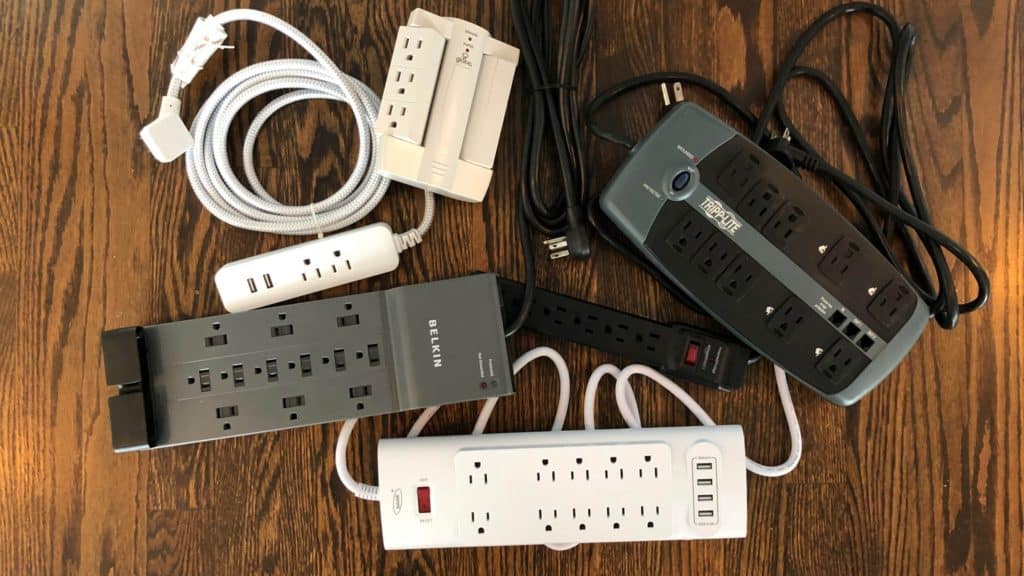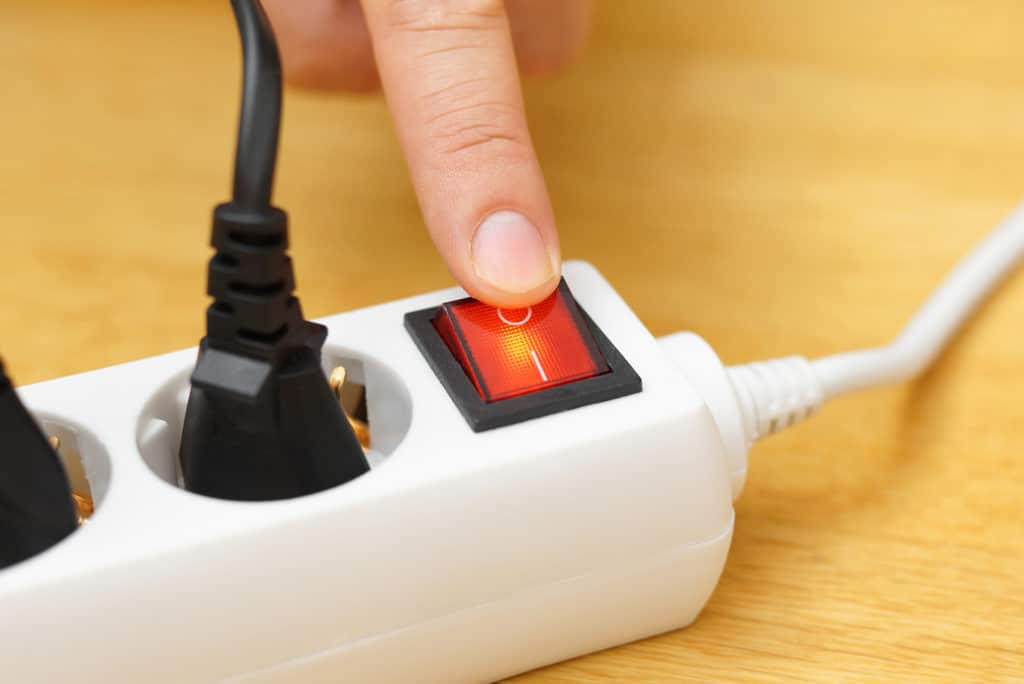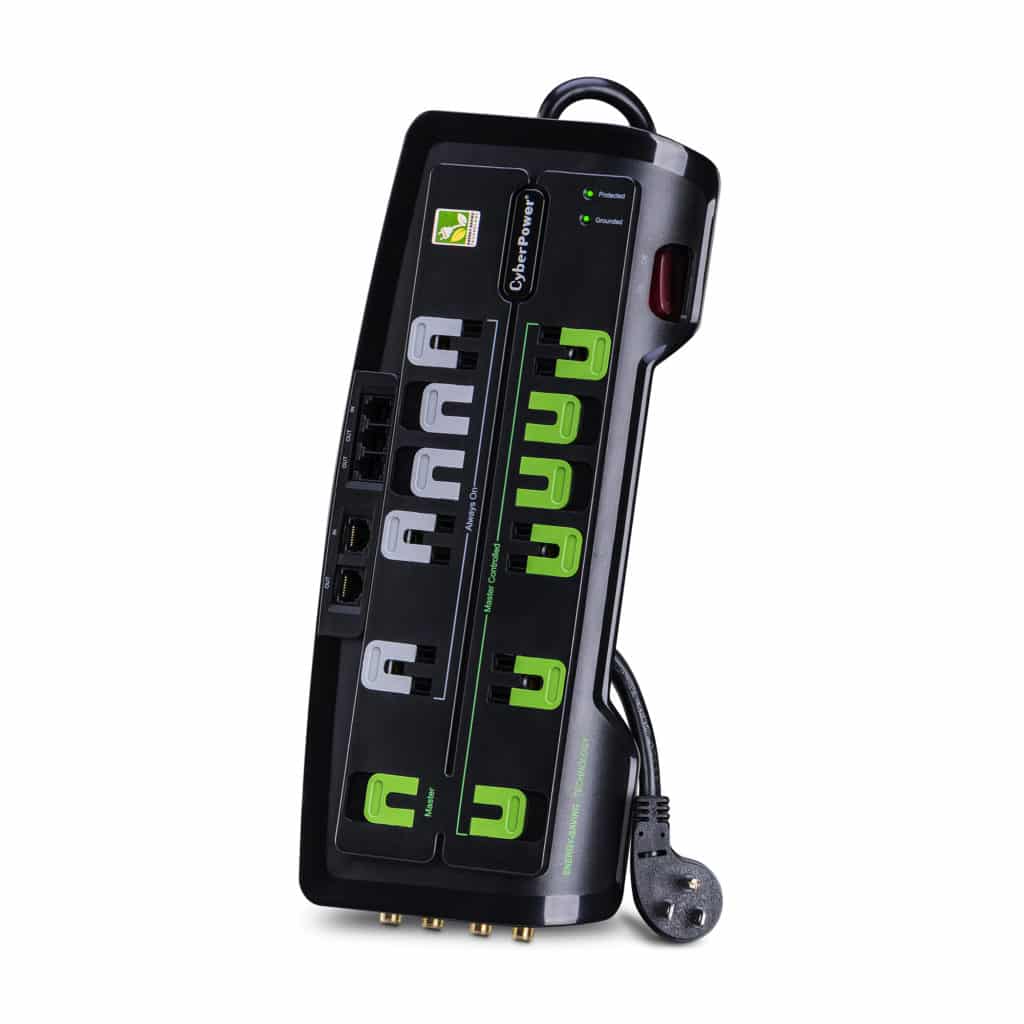
You may find surge protectors and power strips in the market, whether you shop for them online or in a physical store. Have you ever been curious about the distinction between a surge protector and a power strip? Have you ever pondered the subject of how to differentiate between the two? The following explains the distinction between power strips and surge protectors, as well as a brief guide to assist you in determining which one best meets your requirements
What Is the Difference Between a Surge Protector and a Power Strip?
The main function of a surge protector is to protect your gadgets, appliances, and equipment from dangerous voltage spikes, while a power strip provides more outlets.
You might be able to tell the difference between a power strip and a surge protector, which look very similar at first glance, by looking at the joules rating on the package. Such a rating will be seen only in surge protectors. The joule is commonly used as a measure of energy (like watts or calories). It’s a way to gauge how long your appliances will be safe. Sometimes it just takes one large power spike to exceed the number of joules your equipment is protected against, and other times it may take ten or fifteen smaller surges.
Remember that the joules rating of your power strip acts like a storage tank. Even though your surge protector may advertise 2,000 joules when you first buy it, that number will gradually decrease as time goes on. Protection from power surges will decrease as it takes hits, either all at once or gradually.
How can one differentiate between a surge protector and a power strip? The short answer is that it depends. When the surge protector’s battery is running low, a light may illuminate, and a more complex alert may sound.
Is It Smart to Use a Power Strip?
A power strip is a must-have if you need to charge many devices that are close together. Businesses and eating establishments can greatly benefit from power strips because of their many outlets, circuit breakers, and on/off switches.
Why Get a Surge Protector?
Surge protectors, like power strips, are useful when you have several electronic devices near one another. A surge protector can safeguard your phone, computer, and television from damaging voltage spikes while they are all charging at the same time. This defense can absorb energy in joules.
For further details, please visit our website or call us now!




